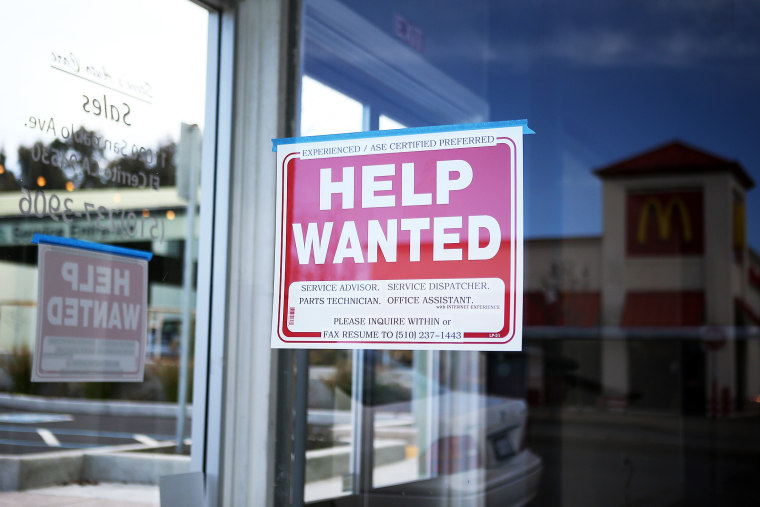The recovery in America's job market is finally spreading to industries with good pay after years of being concentrated in fields with low wages. Hiring has picked up steam in areas such as construction, manufacturing and professional services in recent months -- sectors with a median hourly wage of at least $20. Nearly 40 percent of the jobs created over the past six months have been in high-wage industries, compared with just a quarter during the last half of 2013, according to an analysis by the National Employment Law Project for The Washington Post. Meanwhile, growth in many low-paying jobs has leveled off or even declined.
"The mix of jobs is improving," said Ryan Sweet, director at Moody's Analytics, which found that growth in mid-wage jobs has accelerated to an average of 1.5% in 2014, from 1% for the two years prior. "As the economy begins to grow consistently above its potential, we will see more middle class jobs being created." This bump in middle class hiring will also give a boost to wage growth. Already, the 1.3 million private sector jobs created this year are paying better: $867 per week, on average, versus the $843 that the existing 117 million private sector workers earn, according to Capital Economics.Americans are more confident that they can find a good job than any time since the start of the Great Recession in December 2007. Some 35% of Americans say now is a good time to find a quality job, according to a recent Gallup Poll. The share had fallen to as low as 8% in late 2011.
